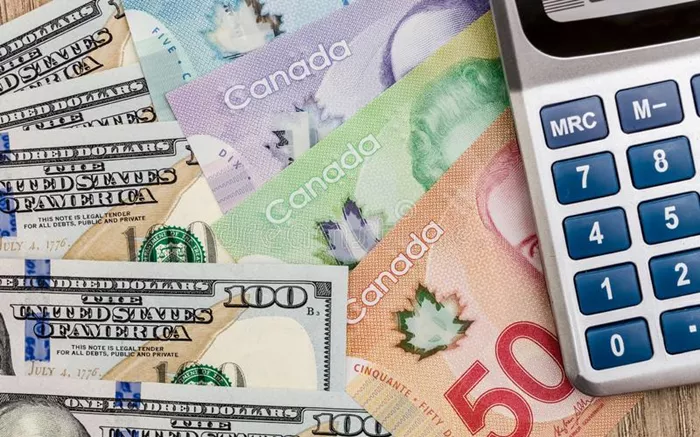The Canadian dollar continued its upward trajectory against the U.S. dollar on Wednesday, with the USD/CAD pair dropping below the 1.3900 mark, reaching its lowest point in nearly two weeks.
This decline marks the third consecutive day of losses for the pair, driven by a combination of rising oil prices and weakening U.S. economic indicators.
Crude oil prices surged to a near one-month high following reports that Israel is preparing a strike on Iranian nuclear facilities, raising concerns about potential supply disruptions in the Middle East. As a major oil exporter, Canada benefits from higher oil prices, which in turn bolster the Canadian dollar.
Domestically, Canada’s core inflation measures exceeded expectations, with the median Consumer Price Index (CPI) increasing by 3.2%, compared to the forecasted 2.9%. This unexpected rise in core inflation has led investors to reassess the likelihood of a Bank of Canada (BoC) rate cut in June, with the probability dropping from 65% to 33% .
On the other hand, the U.S. dollar has been under pressure due to growing concerns over the country’s fiscal health and economic outlook.
The U.S. Dollar Index (DXY), which measures the greenback against a basket of major currencies, fell to a two-week low amid speculation that the Federal Reserve may lower borrowing costs further in 2025 .
Additionally, technical factors have contributed to the USD/CAD pair’s decline. The pair broke below the lower boundary of a short-term trading range, triggering further selling pressure.
With no significant economic data expected on Wednesday, market participants will focus on speeches from Federal Open Market Committee (FOMC) members and ongoing oil price movements to gauge future currency trends.
Read More:


